Stonehenge Part 4/8 - Functions.
The purpose of Stonehenge is fairly clear these days. There will always be supporters and opponents of any option. The most acceptable proposition is that functions can overlap and thus be exposed to change.
The most widespread function is a calendar.
Stonehenge has to do with the solstice:
- At the Altar Stone you can see the sun rising at the beginning of summer on 21 June exactly above the Heel Stone. At that moment one could capture the longest day of the year. This is an important moment for the farmers.
- Six months later and rotated 180° one can see standing at the Altar Stone at the beginning of winter on 21 December the sun setting within the southwest gate. At that moment one could capture the shortest day of the year. Possibly that is the time to commemorate the dead.
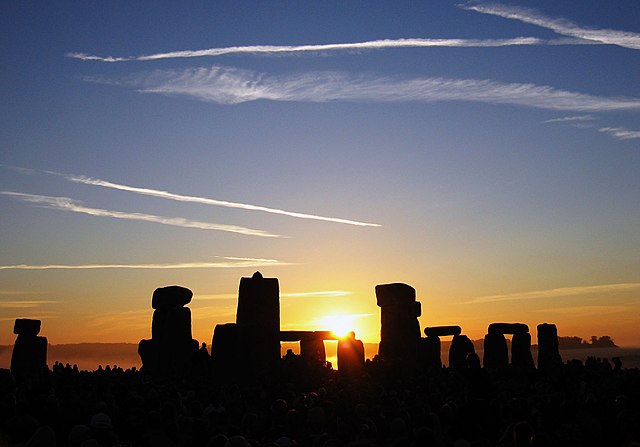
The recurring summer solstice. Photo from Wikipedia.
Once every 9 and 1/3 years you can also see the midwinter full moon rise exactly above the Heel Stone.
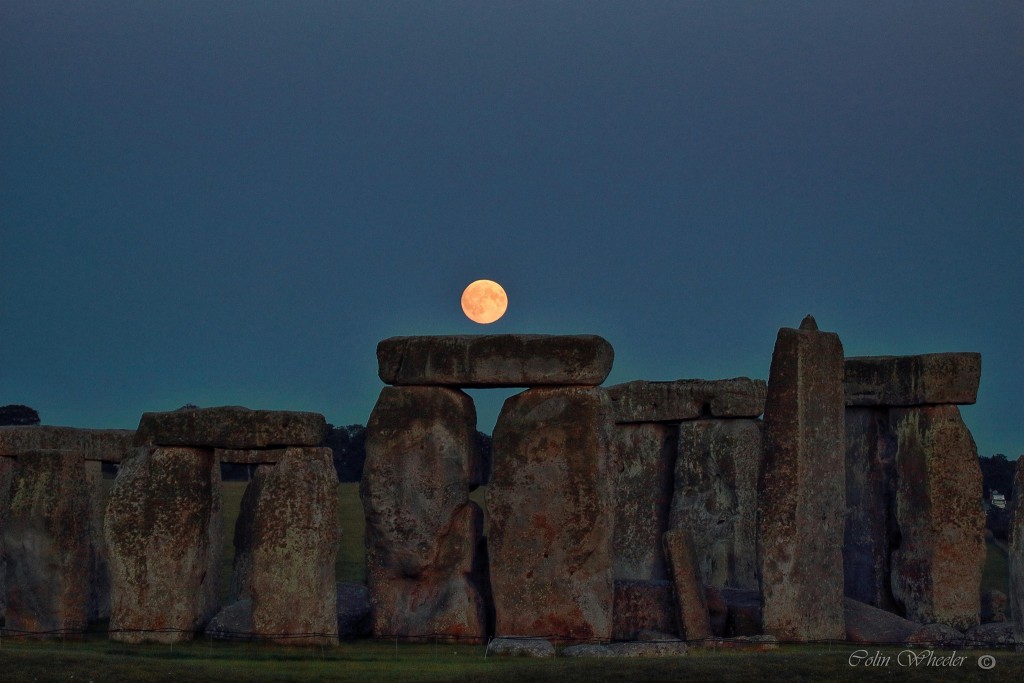
The midwinter full moonrise. Photo from Wikipedia.
Stonehenge was used to determine the sunrise, but could also be used to predict solar and lunar eclipses. So it was a sacred place where the sun and moon were probably worshipped. All this is quite plausible:
- Men worshipped the sun because it was undoubtedly the force behind the growth process in spring and summer. Nomads became farmers who settled down, so wealth was accumulated and classes emerged from which spiritual leaders rose up and then built Stonehenge.
- Men worshipped the moon because it provided light during nocturnal hunting of small mammals. Large mammals were extinct with us at that time.
An exact time can be deduced from these observations:
- Observing the sun is simple. The sun is always full. If we see the sun at a certain place at a certain time, we have to wait exactly 1 year to see exactly the same thing.
- Observing the moon is more difficult. The moon is sometimes full. If we see the full moon at a certain place and time, then we have to wait exactly 9 and 1/3 years to see exactly the same thing. This is because the moon revolves around the earth and the earth around the sun.
Parallel to those observations, numbers of stones and holes appear in the monument, these numbers certainly demand our attention:
- There are 30 Sarsens in the circle. Actually, there are only 29.5 because one is remarkably small. In this way it can correspond to a complete lunar cycle.
- Thus there is the number 56 found in the number of Bluestones straightened out during the first phase of construction and in the number of Aubrey Holes dating from the same time:
- Once every 9 and 1/3 years the midwinter full moon rises above the Heel Stone and then eclipses. This means that the solar orbit is intersected and a lunar or solar eclipse can occur somewhere in the world. Six times 9 and 1/3 is 56 years.
- So suppose we see a full moon at a certain place today then it takes 9 and 1/3 years before we see the same phenomenon and it takes 18 and 2/3 years before we see the phenomenon for the second time. With the help of the 56 Aubreygates and the moving of markers, eclipses and cycles could be predicted:
- If one moves a marking stone every year 3 holes further than there are 2 eclipses in 1 circle.
- If one moves another marking stone every day 2 holes further than one has a full lunar cycle.
Apparently the builders were convinced that the moon revolves around the earth and the earth around the sun. Quite a sobering observation. Nor should we forget that the Greek Meton in his so-called Metonishe series already stated that 2 full moons occur at exactly the same place and time every 18 and 2/3 years. He lived in 430 B.C. and the impact crater Meton on the moon with a diameter of 130 km is named after him. Finally, it has been proven that the Aubrey Holes were already installed in the first phase of the construction work, so apparently people knew very well what they were doing.
The calendar function is too conspicuous to ignore. This makes Stonehenge an important place and it is therefore understandable that derived functions are connected to it.
Religion, hope of healing and cult of death are probably derived functions.
Not a single passer-by noticed. But if you lived in Stonehenge and the landscape became part of your DNA, it seems that the movements of the sun and moon are engraved in the landscape. This place can therefore be regarded as the navel of the world and the birthplace of the gods. Stonehenge shows a natural phenomenon. During the last ice age, a series of ridges and folds were formed in the soil over several hundred metres. These form a miraculous axis there. At one end of the axis the sun rises at midsummer (around 21 June), at the other end the sun sets at midwinter (around 21 December). Earth and sky seem to be in perfect harmony here.
We now return to the first phase of construction. Shortly after 3000 B.C. In its oldest form, Stonehenge is a monument to the dead, with numerous cremation graves. Similar grave monuments from that time can be found all over Britain. Carbon dating of the human remains indicates that Stonehenge was used as a cemetery for over 500 years. That period begins around 3000 B.C., when the circular moat has just been constructed. Stonehenge was the largest cemetery in Britain in the 3rd millennium B.C.. Today, cremation remains of 63 people from that period have been found. New excavations would undoubtedly uncover many more. Cremation remains are buried in the moat and also in the pits in which the Bluestones were erected. Usually they are buried there after the foundation of the stone, sometimes at the same time. Both men and women are buried, and only a few children are buried.
Huge circular burial mounds have been erected throughout Britain since 2000 B.C.. The plain of Salisbury became the largest cemetery of its kind, creating a landscape full of burial mounds. There must have been hundreds, perhaps thousands of burial mounds. The high point of Stonehenge is over, the monument is no longer undergoing major changes. It is slowly falling prey to the ravages of time. From 2000 B.C., burial mounds show more than ever the status of the dead and their families. The most impressive specimens are located close to Stonehenge. Both men and women find their final resting place there. The gap between rich and poor is visibly widening during this period. The construction of a burial mound is a family business. It takes several months. In order to get a burial mound, you have to have enough land to provide the necessary soil and turf and also enough food to feed the builders. The precious objects in the graves show that some people are accumulating exceptional wealth at this time and that they maintain good relations with mainland Europe, especially with French Brittany. A long-distance trade in metal ores is developing, supplying Europe from Great Britain with tin from Cornwall and copper from Wales. The raw materials are shipped along the south coast of England to the new metal markets around Dover and Calais. The people of the Stonehenge region seem to benefit from these trade movements.
According to the most recent research and the buried skeletons found there, which clearly show traces of trauma, this place would have been an important centre for healing, something like the French Lourdes is today. The bluish stones found here are therefore the same as the Gallic stones found near the source in Lourdes. So those who were worst affected by illness made a pilgrimage to this place.
Some functions have been totally ripped from the pot.
Men has tried to give Stonehenge a modern religious meaning. By drawing all kinds of connecting lines between the stones a Star of David can be formed. Good for our Jewish brothers but it is far-fetched and far ahead of its time.
There are also persistent theories that Stonehenge was a sacrificial site for druids because of the Altar Stone and the so-called Slaughter Stone or Sacrificial Stone. A moment of reflection clearly shows that druids should be linked to the Celts. This population group only came into being in the last millennium before Christ. By then Stonehenge had already passed its peak. So adding a function afterwards seems a bit too easy and has never been proven.
The large Merlin will also turn the corner and get its share in the construction of the complex.
Von Däniken claims that Stonehenge was built by extraterrestrials who used it as a landing site. This is pure speculation. Within the circle, by the way, it is rather narrow. It is impossible for an ordinary helicopter to land there without making chunks.
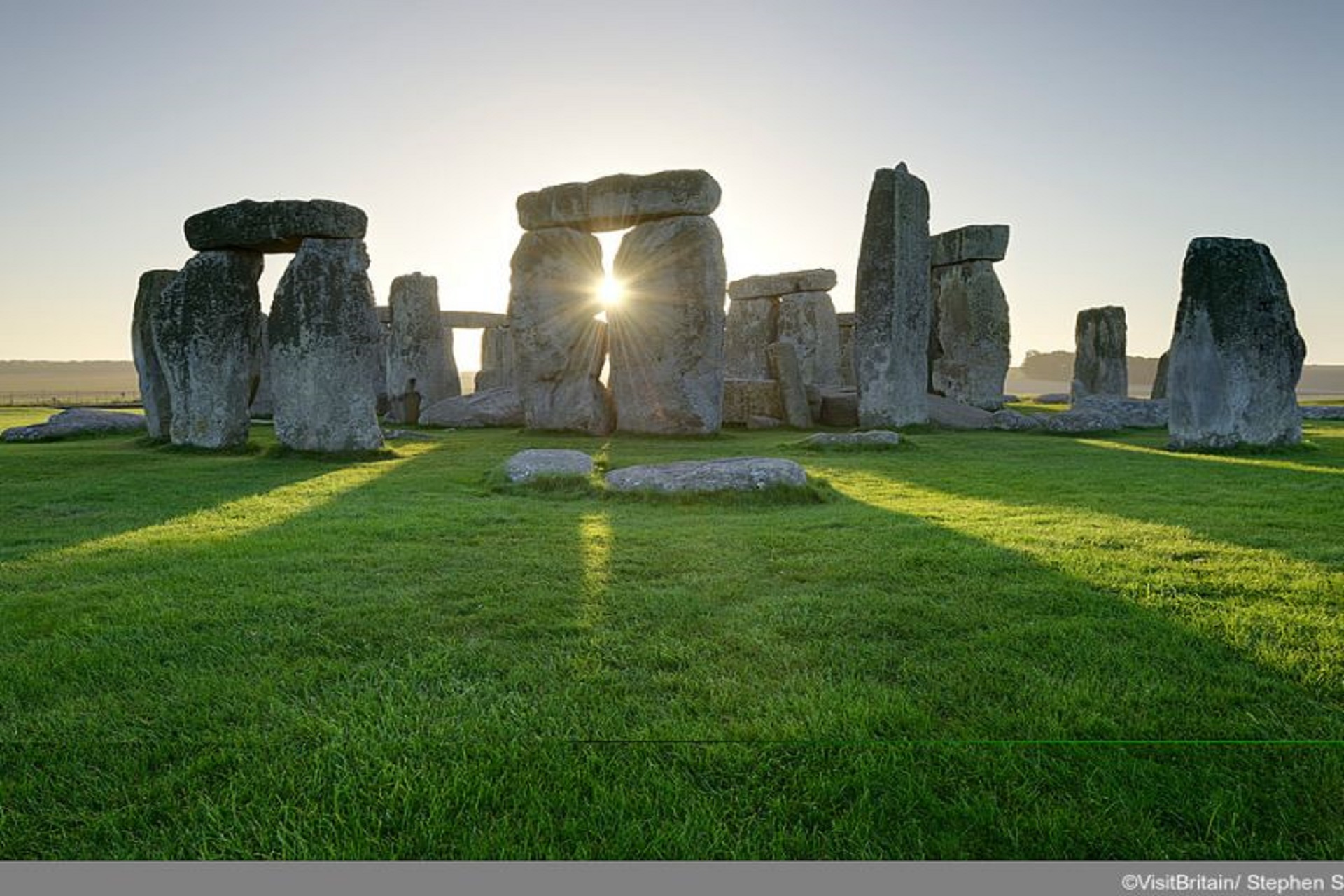



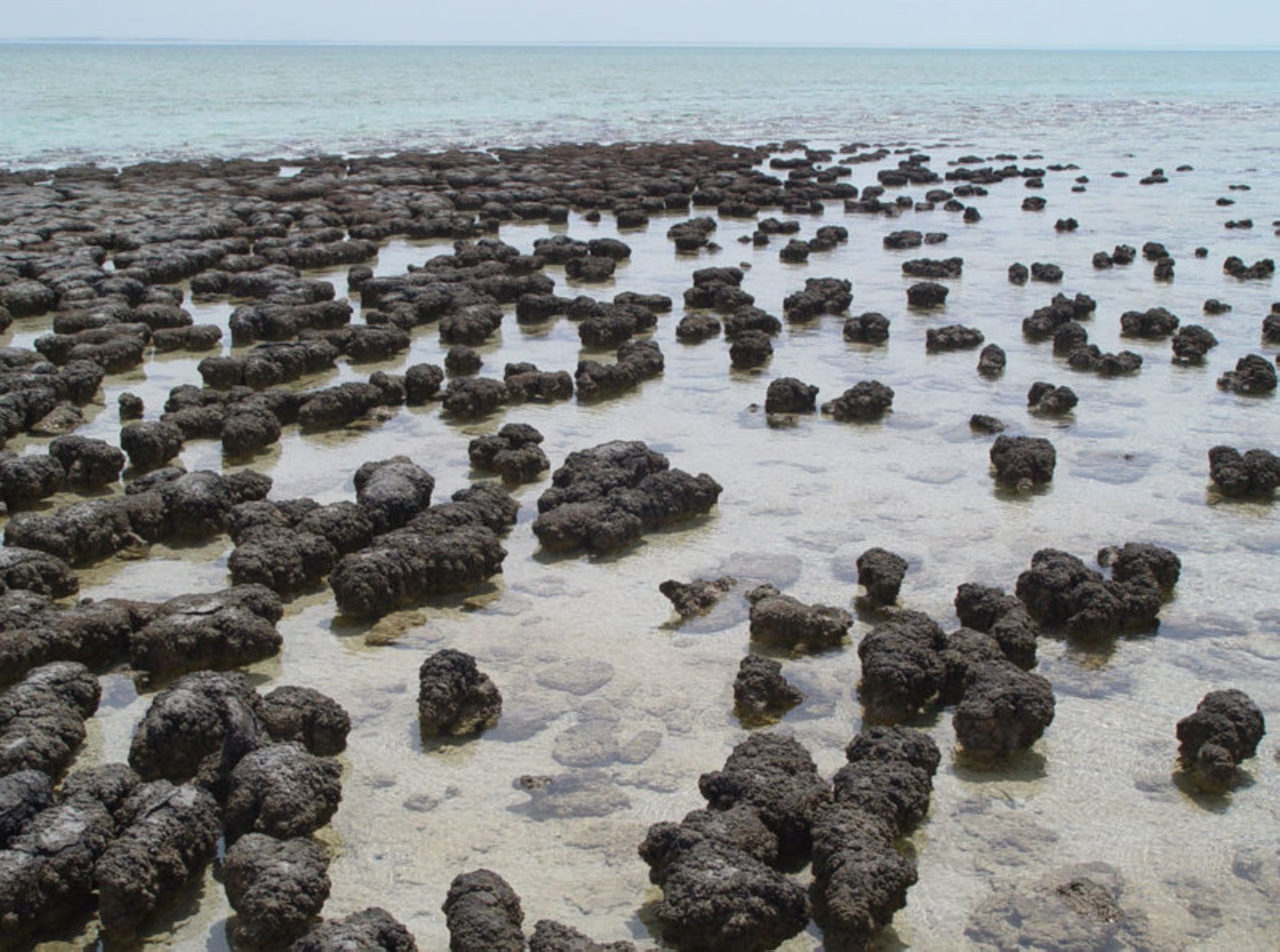
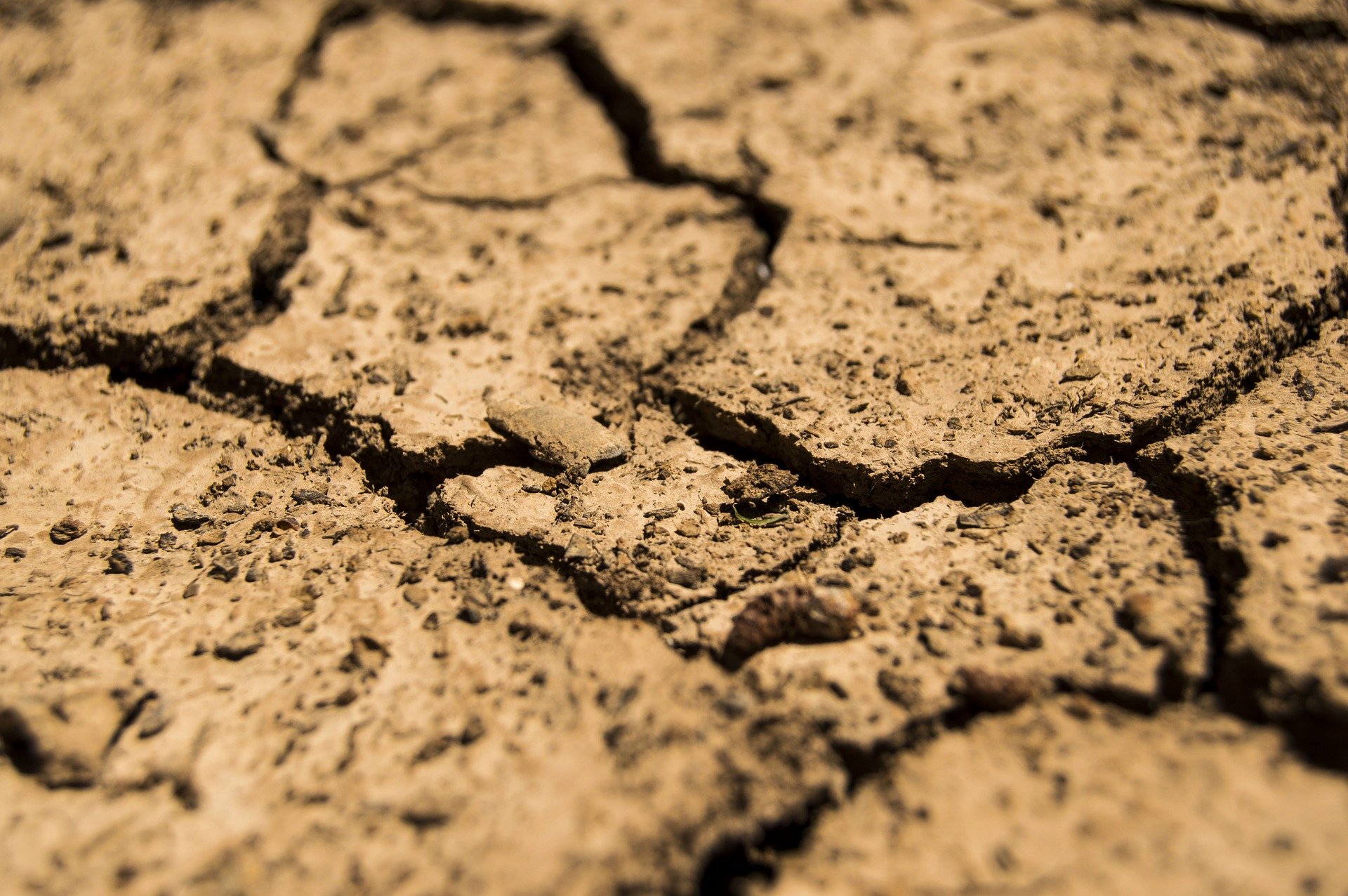
Comments